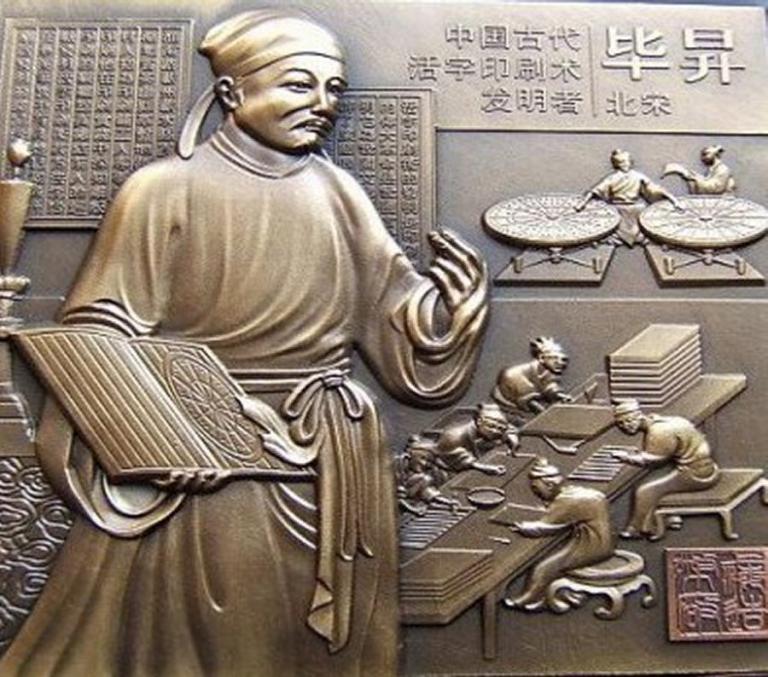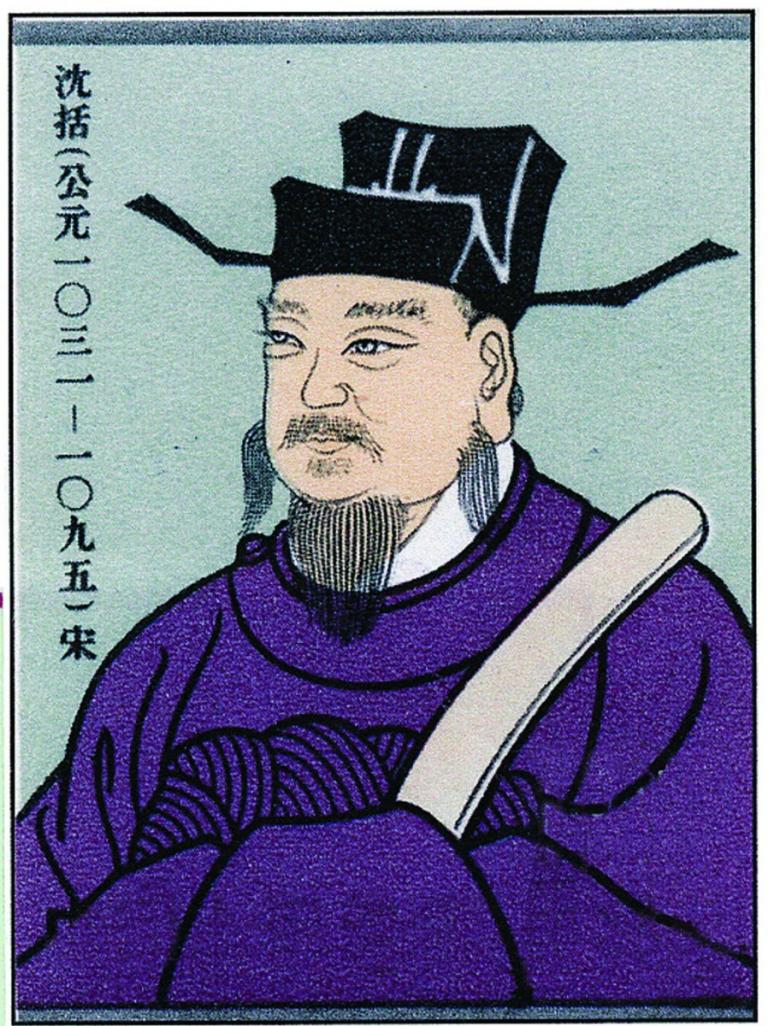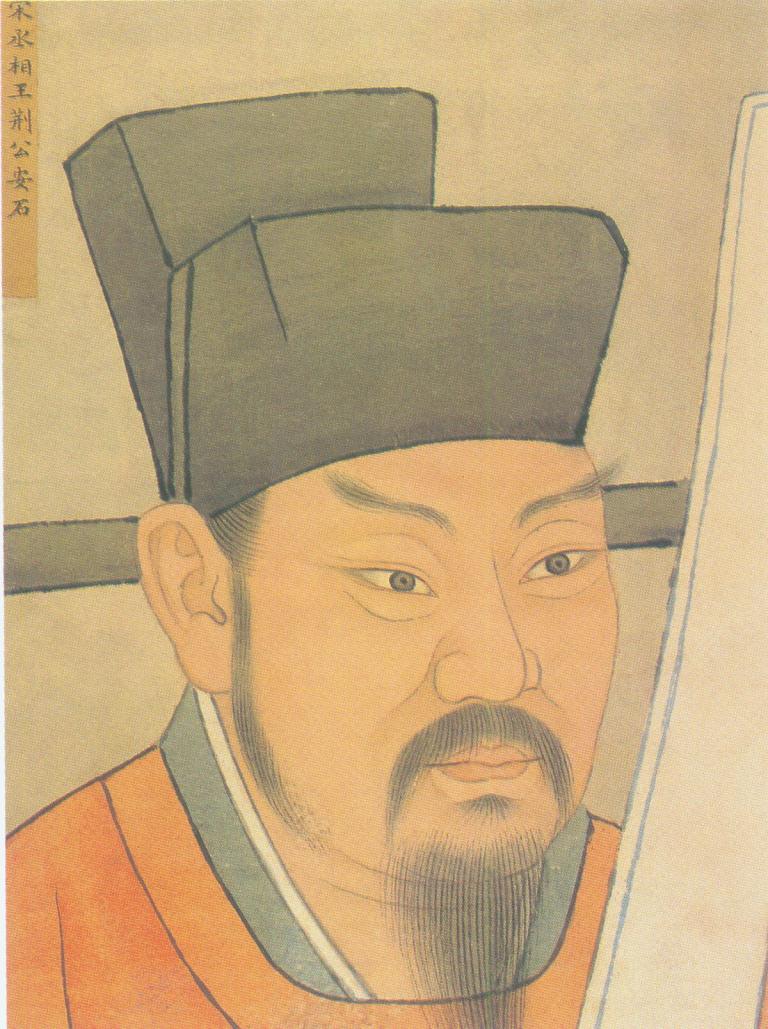Scientific Contribution of Shen Kuo in China
4 min readShen Kuo(approximately 1031-1095)was among the greatest scientists in Chinese history of science and technology.He was a native of Qiantang(present-day Hangzhou of Zhejiang province).According to History of Song Dynasty,Shen Kuo“was versed in astronomy,local chronicles,calendar,music,medicine and divination,on all of which he wrote quite a few essays or books.”His masterpiece on science and technology was Anecdotes and Insights at the Dream Stream Garden in 30 volumes(the body of the text in 26 volumes,supplement in 3,sequel in1),and Sushen Effective Prescriptions.Here is an overall introduction to his contributions:

1) His contribution to astronomy:① Initiation of “a calendar of 12 solar terms”. China had traditionally combined solar and lunar calendars. Based on his actual observation, Shen Kuo advocated adopting his”12 solar-term specific months”only considering the solar calendar. It was a completely new calendar, synchronizing the solar terms with the months. For instance, the Beginning of Spring, the 1st solar term, was taken as the first day of the first month of the year, the Awakening fromHibernation, the first day of the second month, and so forth.
Simple and practical, the calendar constituted a revolution in the history of Chinese calendar. Yet it was not officially adopted.② Modification of astronomical instruments and improvement of observatory precision. He simplified armillary spheres, conducted three-month observations at the frequency of three times for each night, drew some 200 star atlases, and concluded that the Big Dipper was positioned at an angle of three degrees or wider to the celestial pole, the true north. He also made a floating water leaking kettle set, with which he made observations as long as 10 years, and for the first time he deduced theoretically the time difference between the winter solstice and the summer solstice.③ His well-known essays on the history of astronomical instruments include Study of the Armillary Sphere, Study of the Floating Water Leaking Kettle(inflow water clock), and Study of the Sundial Scale.

2) His contribution to maths:① New orientation of the study of ‘ packing’ equations for calculus. The packing equations for calculus belong to the problem of summation of higher order and series, for which Shen established acorrect solution.② New orientation of the study of “the technique of intersecting circles”,a solution to the arc area of geometry, for which Shen Kuo derived a formula of approximation and laid a foundation for later researchers.
3) His contribution to physics:①In magnetics, he found that some magnetic needles pointed to the south while others might point to the north, and that the compassneedles did not always point to the south but rather, oftenslightly to the east. That was the earliest explicit recordof the north pointing needle and the magnetic declination. ②In optics, he did experiments of image formation by a diverging mirror and pointed out correctly that the body forms an erect image within the mirror focus, fails to form at the focus, and forms inverted images beyond the focus. ③ In acoustics, he did the experiment of sound resonanceand pointed out the resonating relationship between the chord line keynote and the overtone. The experiment was about 600 years earlier than the European counterparts.
4) His contribution to geology:① He explored the landforms of Mt. Yandang and the yellow soil region, theformer being “high, straight, precipitous, and grotesque” while the latter,”far apart and towering aloft”, based on which he put forth the hypothesis of the causes for water erosion.② He explored the Taihang mountain and noticed bivalve shells and ovoid rocks in the cliffs, from which he formulated the hypothesis of a previous seashore and inferred correctively northern China plain’s formation of silt sediment accumulation.③ He was the first to use the phrase “rock oil”(petroleum) and predicted that the substance“would be popular”in the world.④ In the borderland,he himself made dimensional raised-relief maps and then produced wooden copies.The method was later widely replicated and used as a powerful instrumentfor national defense and military actions.For 12 years he drew fine maps,Atlas of Counties and Prefectures of the Empire,in 20 scrolls including 2 general maps and 18 provincial ones.⑤ He invented the sectional weir building and survey method,which was applied to his measurement of the area from Shangshanmen(in present-day Henanprovince)along the Bianhe River to the Huaihe River estuary near Sizhou(present-day southeast Sihong of Jiangsu province).According to the outcome of his measuring,the length of the Bianhe River totaled 420 km at a waterfall of 64.95m from the headwaters to the estuary.
5)His contribution to medicine:① Detailed similarity proofs and distinction for one medicinal herb with several names or a variety of herbs with only one name,thus correcting quite a few mistakes of predecessors.② In the picking and use of the herbs,he also put right a considerable number of their fallacies.③ He collected and sorted out many proved recipes,of which,in his work Sushen Effective Prescriptions,he recorded a”fall rock recipe”,the world’s earliest form of hormone preparation.
6)His contributions to engineering technology.In hisAnecdotes and Insights at the Dream Stream Garden,he wrote about numerous folk scientists and technicians and their achievements,for instance,Bi Sheng’s invention of movable type printing,blind calendar calculation specialist Wei Pu,the water conservancy specialist Gao Chao’s dykeconstruction approach by“three-step embanking with bags of willow branches”,and a folk carpenter master Yu Hao’s Timber Classic,all of which invaluable historical data of science and technology that cannot be found in the official history documents.









